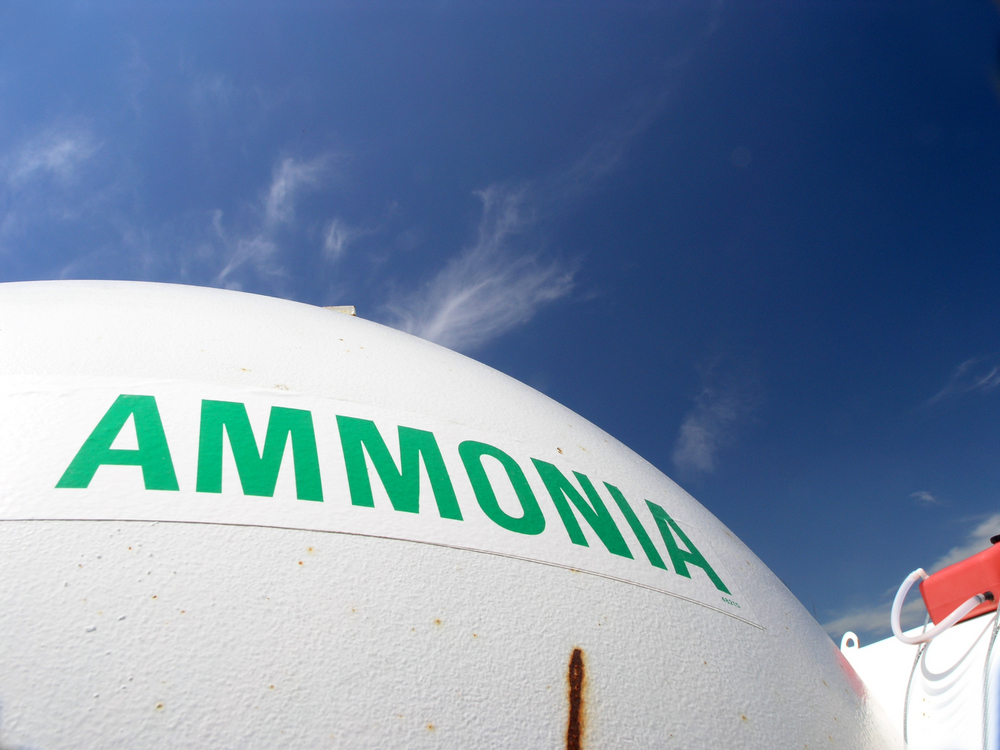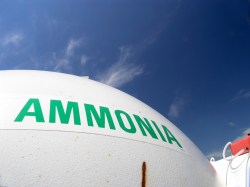The U.S. could soon be home to a lot more ammonia factories — not a comforting thought after a deadly explosion at an ammonia fertilizer plant in Texas on Wednesday evening. You can blame the fracking boom.
Ammonia is used to produce fertilizer, industrial explosives (like those used in mining), plastics, and other products. It’s becoming cheaper to produce in the U.S. because one of its main feedstocks is natural gas, and natural gas, in case you haven’t heard, is being fracked here at a breakneck pace and sold for bargain-basement prices.
Australian company Incitec Pivot this week announced [PDF] that it will be building a hulking new $850 million ammonia facility in Waggaman, La., just outside New Orleans. Construction could begin within six weeks, with the plant expected to come online in 2016. The announcement is being characterized by Australia’s media as a blow for the manufacturing sector Down Under, but Incitec Pivot can’t resist the siren song of cheap American natural gas.
[Incitec Pivot] Chief executive James Fazzino said the boom in shale had enabled a “step change” in US gas prices.
“[The plant] takes our North American business and any future expansions back to US gas economics,” he said. “This is vital to this project because 80 per cent of the cost of making ammonia is gas.”
He’s not the only one who’s smelling opportunity. U.S.-based Mosaic announced in December that it may build a $700 million ammonia plant in St. James Parish, La. U.S.-based CHS Inc. said in September that it would construct a $1.2 billion ammonia plant in North Dakota. Also in September, Egypt’s largest company, Orascom Construction, said it would spend $1.4 billion to build a fertilizer plant in Iowa.
ICIS, a news source for the petrochemical industry, explains the trend:
Nitrogen fertilizer production in the US was in a state of decline, but is now in a period of transition. After 20 years of rising raw material costs and players closing and relocating plants, there is renewed impetus among domestic producers to invest in their own country.
Rather than looking to other regions, producers of ammonia and urea are eyeing new opportunities on US shores for the first time since the 1990s. According to engineering contractor ThyssenKrupp Uhde, this is the dawn of a new era with plenty of opportunity.
“The high demand for fertilizer plants in the US is clearly a consequence of the shale gas boom,” says Klaus Noelker, head of process department for ThyssenKrupp Uhde’s Ammonia and Urea Division.
The history of ammonia production and storage is littered with spectacular accidents. The owners of the Texas facility had previously assured regulators that their operation posed no serious safety risks. From The Dallas Morning News:
West Fertilizer Co. reported having as much as 54,000 pounds of anhydrous ammonia on hand in an emergency planning report required of facilities that use toxic or hazardous chemicals.
But the report … stated “no” under fire or explosive risks. The worst possible scenario, the report said, would be a 10-minute release of ammonia gas that would kill or injure no one. The second worst possibility projected was a leak from a broken hose used to transfer the product, again causing no injuries.
The new planned ammonia facilities will be a lot bigger than the one in West, Texas. Here’s hoping they’ll also be a lot safer.




